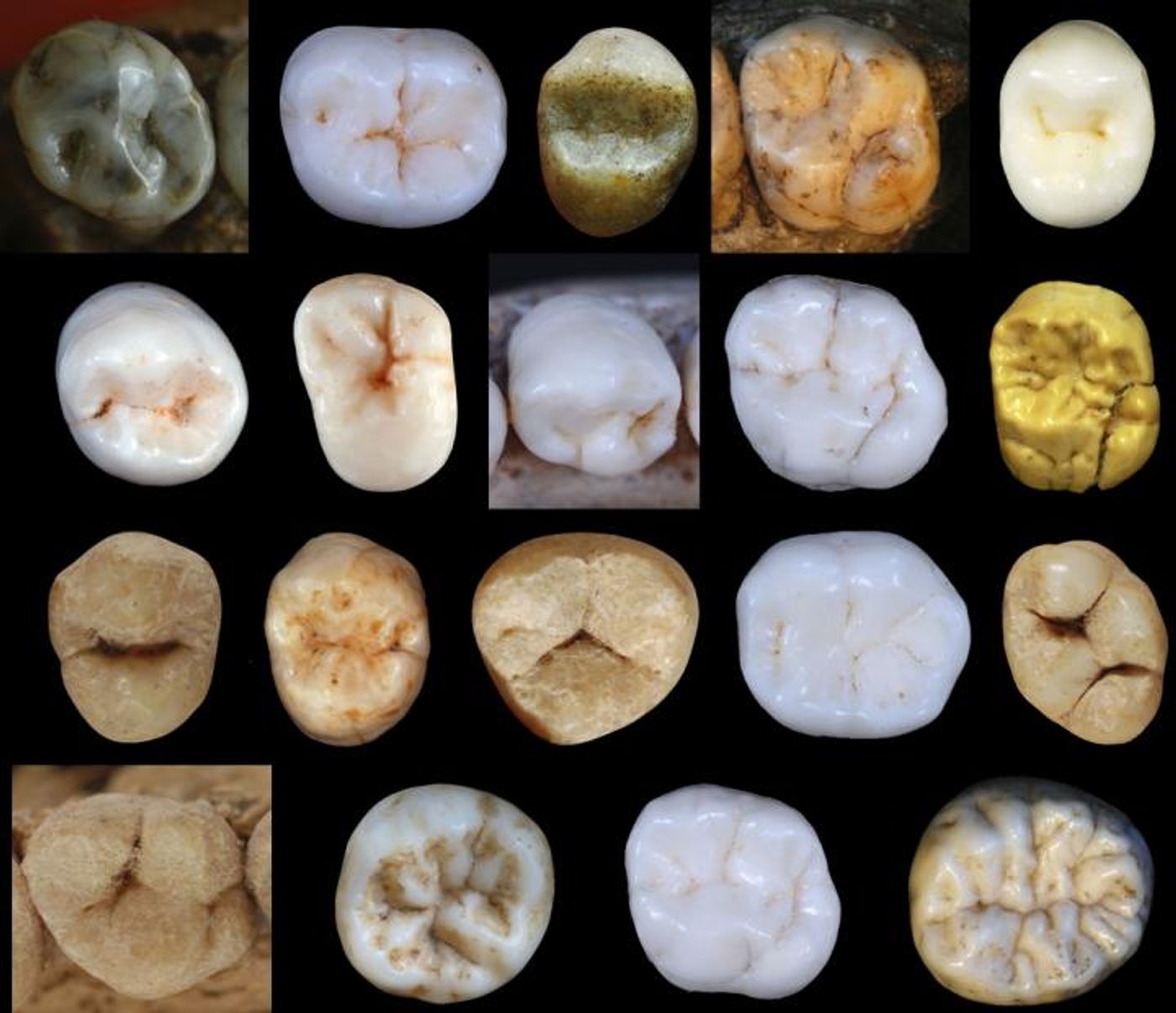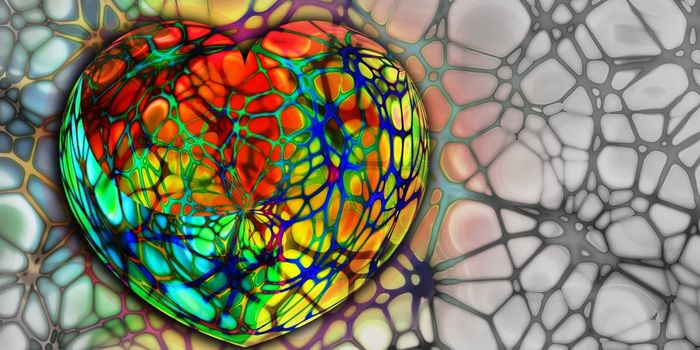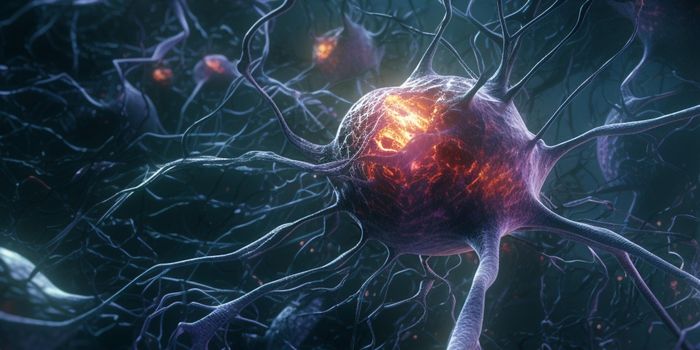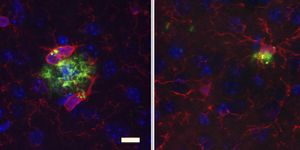Modern Humans and Neanderthals Diverged Much Earlier Than Thought
New research has indicated that modern humans diverged from Neanderthals much earlier than previously thought. The work, reported in Science Advances, determined that the species separated over 800,000 years ago - long before the 430,000 years of previous estimates. If those previous estimates were correct, it would have meant that in these species, teeth evolved in an oddly rapid way. The study utilized tooth specimens of Neanderthal ancestors recovered from a cave in the Atapuerca Mountains of Spain.
"Any divergence time between Neanderthals and modern humans younger than 800,000 years ago would have entailed an unexpectedly fast dental evolution in the early Neanderthals from Sima de los Huesos,” explained study author Dr. Aida Gomez-Robles of UCL Anthropology.
"There are different factors that could potentially explain these results, including strong selection to change the teeth of these hominins or their isolation from other Neanderthals found in mainland Europe. However, the simplest explanation is that the divergence between Neanderthals and modern humans was older than 800,000 years. This would make the evolutionary rates of the early Neanderthals from Sima de los Huesos roughly comparable to those found in other species."
An extinct species is a shared ancestor of both modern humans and Neanderthals. But scientists do not agree on when the two species diverged. Assessments of ancient DNA have suggested that it occurred between 300,000 and 500,000 years ago. That estimate has influenced subsequent interpretations of fossil records.
Anatomical and genetic features of hominins found at Sima de los Huesos don’t agree with that estimate. Sima fossils have characteristics that are probably consistent with those of Neanderthal ancestors.
"Sima de los Huesos hominins are characterized by very small posterior teeth (premolars and molars) that show multiple similarities with classic Neanderthals,” noted Gomez-Robles. “It is likely that the small and Neanderthal-looking teeth of these hominins evolved from the larger and more primitive teeth present in the last common ancestor of Neanderthals and modern humans."
All hominid species have had roughly the same rate of dental shape evolution, even in species with teeth that are greatly expanded or reduced. This work took that rate into account, making the early Neanderthals from Sima de los Huesos dental evolution rate about the same as other hominins. Quantitative data was used in the analysis.
"The Sima people's teeth are very different from those that we would expect to find in their last common ancestral species with modern humans, suggesting that they evolved separately over a long period of time to develop such stark differences," said Gomez-Robles.
This work could rule out candidate groups for the last common ancestor of Neanderthals and Homo sapiens, excluding those that didn’t come before 800,000 years ago.
The video above discusses how Neanderthals, Denisovans, and humans are genetically related.
Sources: AAAS/Eurekalert! via UCL, Science Advances









